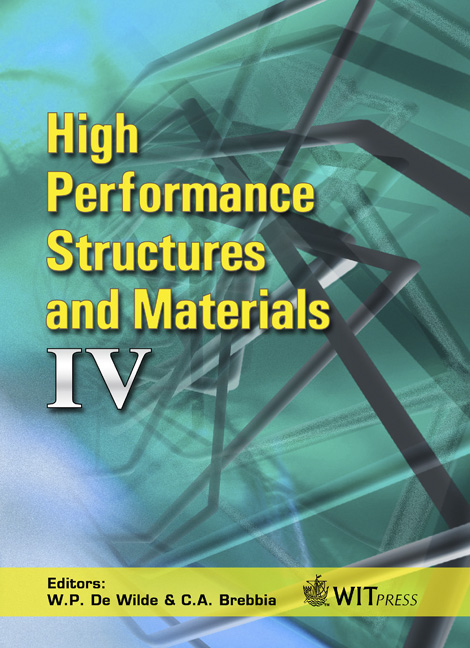Characterisation Of Connection Mechanisms Within Road Safety Barriers
Price
Free (open access)
Transaction
Volume
97
Pages
10
Page Range
369 - 378
Published
2008
Size
522 kb
Paper DOI
10.2495/HPSM080381
Copyright
WIT Press
Author(s)
D. A. F. Bayton, M. Lawrence & G. Fourlaris
Abstract
The performance of road safety barrier connections is not directly linked to advances in vehicle technology. The UK government has recently released a new vehicle restraint systems specification that has resulted in the transfer of design responsibility to industrial safety barrier manufacturers. Road safety barrier connections utilise slotted holes that are perpendicular to the direction of the safety barrier beam profile. The bolt is significantly smaller than the slot and different performance outcomes can result from the positioning and preloading of the bolt with relation to the slotted hole. Finite element models have been constructed and validated using theoretical data as well as experimental data produced using a series of laboratory tests. The finite element model has been based on a standard test coupon that incorporates a full size safety barrier connection slot to industry standard dimensions. The laboratory results showed that the maximum force and displacement of the connections are comparable to the finite element model predictions. Comparisons made between the independent testing of safety barrier connections and the laboratory test coupons indicated that there was a good preliminary correlation between the computer model and the laboratory test coupons. Subsequently a simplified approach has been applied to the finite element modelling method with respect to connection movement mechanisms. Keywords: safety barrier, crash, steel, finite element analysis, connection, fastener.
Keywords
safety barrier, crash, steel, finite element analysis, connection, fastener.





